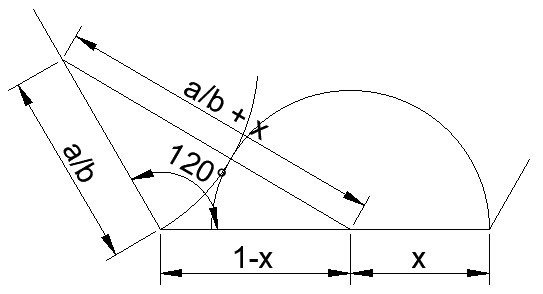(2x+3)(3x+4)(4x+5)=11
You could of course multiply the backets together and solve the resulting cubic, but I’m going to use a different method:
I note that the coefficients of x are 2, 3 and 4, and the least common multiple of those is 12, so I will multiply each bracket in order that those coefficients match (and multiply the right side by the same amount to retain equality):
(12x+18)(12x+16)(12x+15)=11*6*4*3
Next I’m going to change the variable by letting u=12x+18
u(u-2)(u-3)=11*9*8
Note I also re-factorised the right-hand side to match the format, which allows me to say that u=11. Since we are only looking for one real solution, we are now on the way to finding it:
12x+18=11
12x=-7
x=-7/12
Putting that value back through the equation confirms that this is the correct value.





